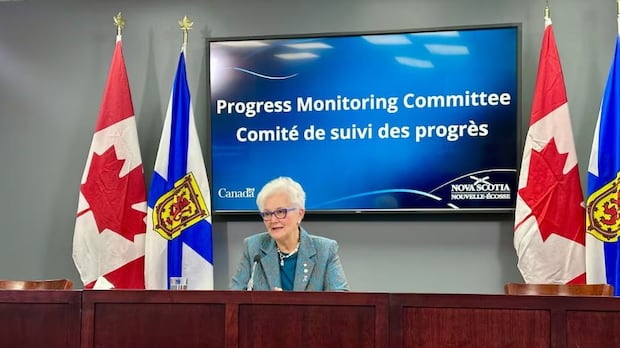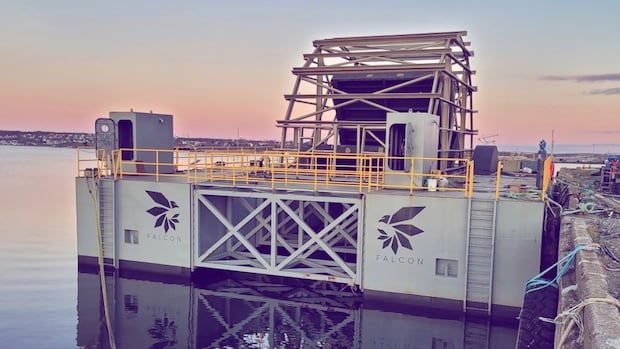Study for Cape Breton light rail commuter system still on track

The Nova Scotia government is not ready to make a funding commitment on a light rail commuter system in Cape Breton, but it is pretty pumped about the idea.
Premier Tim Houston announced $610,000 in funding for Cape Breton University (CBU) to conduct a feasibility study on the system in April.
According to documents recently released under a freedom of information request, that money will be used to hire a number of experts for what CBU calls a “Go Train.”
Houston, who was in Cape Breton last week to make a number of announcements, said he likes the idea of an electric commuter rail system, but he is not ready to fund one just yet.
“The concept is something that I’m very interested in, very excited about for the region, as well, but we’ll wait and see what the feasibility study said and then we’ll go from there,” he said.
Economic Development Minister Susan Corkum-Greek, whose department is funding the study, agreed.
“The idea that Nova Scotia would have a light rail commuter system in one of our major urban-rural municipalities, I’m really excited about the prospect of it,” she said.
“The idea that this could take place in Cape Breton Regional Municipality is super exciting, maybe … even more exciting to me than if it were, say, in HRM, which could probably totally benefit.”
The university declined an interview request, saying more information would be available after the feasibility study is done in September.
Breakdown of costs
But according to emails between CBU and the province, the $610,000 is broken down into:
- $320,000 for detailed engineering on existing tracks, bridges and culverts, including drone surveys, specifications for trains and charging stations and location of a new line into the university.
- $125,000 to hire a firm to apply for federal funding.
- $125,000 for legal fees related to property and running rights.
- $40,000 for project management.
Few details are available, but documents show CBU has a projected cost for four phases of development.
In the first phase, trains would run between Sydney River and the university. In future phases, tracks would extend to New Waterford, Glace Bay, North Sydney and eventually the airport.
In a project summary sent to the province, CBU sais an electric train would support the province’s goal of doubling the population by 2060, help achieve its net-zero carbon emissions plans and improve public services in transportation, post-secondary education and the economy.
It also said the project would remove some vehicle traffic from Kings Road in Sydney and Grand Lake Road from Sydney to Glace Bay.
It would also create capacity for buses to connect neighbourhoods that aren’t now served by Cape Breton Transit, although in April, CBRM officials said no one from the municipality or the transit authority had been contacted about the possibility.
Renewable energy sources
CBU also said it has excess electric power from its wind turbines in Gardiner Mines and plans to add solar panels at each train terminal.
Corkum-Greek said the international student population at CBU is driving growth, but acknowledged it could be restricted by federal government policy.
However, she said, the provincial government wants to make investments that keep the momentum going and work that CBU did in advance of the feasibility study is convincing.
“What I saw was evidence of a great deal of thought that, to me, showed the seriousness of the opportunity,” Corkum-Greek said.
“The preliminary work done was enough to make a good case for why we should engage with this study.”
The minister said she is aware of the deterioration of the existing train tracks between North Sydney, Sydney River and Whitney Pier, but said the feasibility study should determine the cost of rehabilitation.
“We want to be bold and optimistic, but also responsible in looking at these opportunities, but yeah, I’m really excited for the potential of this.”




